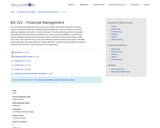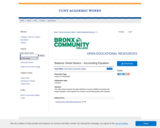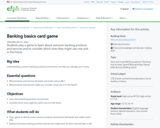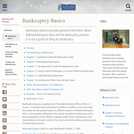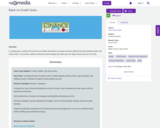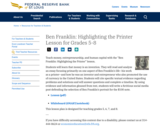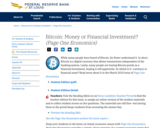“Bitcoin for Beginners – Comprehensive Guide 2024” is an in-depth online course designed from Investorempires.com for individuals looking to understand the fundamentals of Bitcoin. Whether you are new to the world of cryptocurrencies or wish to deepen your knowledge, this course provides a systematic approach covering essential concepts, practical aspects, and the significance of Bitcoin in the financial landscape.
Course Duration:
- No Time Limited (Self-paced learning)
Learning Objectives:
Upon completion of this course, participants will:
Grasp Bitcoin Basics:
Understand the fundamentals of Bitcoin, its origin, and the underlying blockchain technology.
Navigate the Bitcoin Ecosystem:
Gain insights into Bitcoin mining, wallets, and transactions.
Secure and Manage Bitcoin:
Learn how to secure and manage Bitcoin through wallets and best practices.
Conduct Bitcoin Transactions:
Understand the process of buying, selling, and transferring Bitcoin.
Explore Bitcoin Investment:
Explore the investment potential of Bitcoin and understand its role in the broader financial market.
Analyze Bitcoin Trends:
Develop skills in reading Bitcoin price charts and understanding market trends.
Understand Bitcoin’s Impact:
Comprehend the societal and economic impact of Bitcoin.
Target Audience:
-Beginners with little to no knowledge of Bitcoin.
-Individuals interested in understanding the foundational concepts of Bitcoin and its practical applications.

